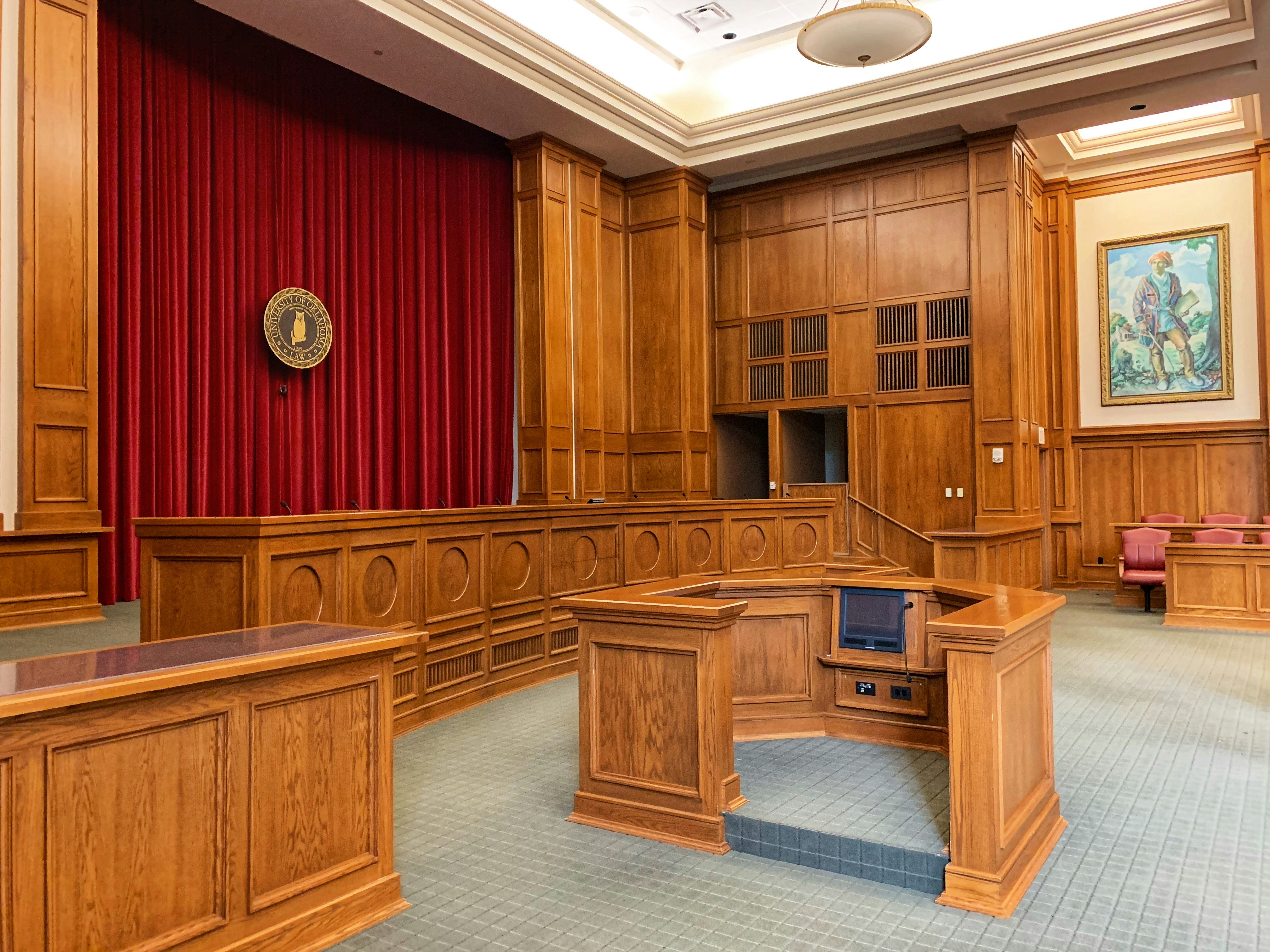"Redefining Spaces: The Intricacies of Multifunctional Design in Homes"
In today's urbanized world, homes are not just for resting anymore. They have evolved into multifunctional spaces that cater to work, hobbies, fitness, and more. The art of transforming limited spaces into functional, aesthetic, and versatile areas has never been more relevant. This article delves into the world of multifunctional design, its inception, and how it is revolutionizing the way we perceive and utilize our homes.

The Genesis of Multifunctional Design
The concept of multifunctional design originated in the 20th century, born out of necessity in densely populated urban areas where space was a premium. In cities like Tokyo and New York, where every square foot counts, designers began creating innovative ways to maximize the use of minimal spaces. This marked the beginning of a design movement that has since spread globally, reflecting the changing lifestyles and needs of modern society.
Multifunctional Design in the New Normal
The COVID-19 pandemic has further accelerated the application of multifunctional design. With the shift towards remote work and home-schooling, homes have been redefined as offices, classrooms, gyms, and entertainment centers. Current design trends reflect this shift, with elements like transformable furniture, flexible layouts, and clever storage solutions becoming increasingly prevalent.
Practicality and Market Trends
Multifunctional design is more than a trend—it’s a practical solution to the challenges of modern living. It not only optimizes space but also promotes efficiency, organization, and comfort. As urbanization continues to rise, so too does the demand for multifunctional design solutions. The market is expanding, with a growing number of manufacturers and retailers catering to this demand, offering creative, space-saving furniture and accessories.
Multifunctional Design and Quality of Life
The beauty of multifunctional design lies in its ability to adapt to individual lifestyle needs. It allows homeowners to personalize their spaces, creating environments that are truly their own. Research shows that a well-organized, functional space can enhance productivity, reduce stress, and ultimately, improve quality of life.
In conclusion, multifunctional design represents the evolving nature of our homes and lifestyles. As we continue to adapt and redefine our living spaces, it offers innovative, practical solutions that not only meet our needs but also enhance our day-to-day lives. The future of home design is indeed multifunctional, and it’s here to stay.






